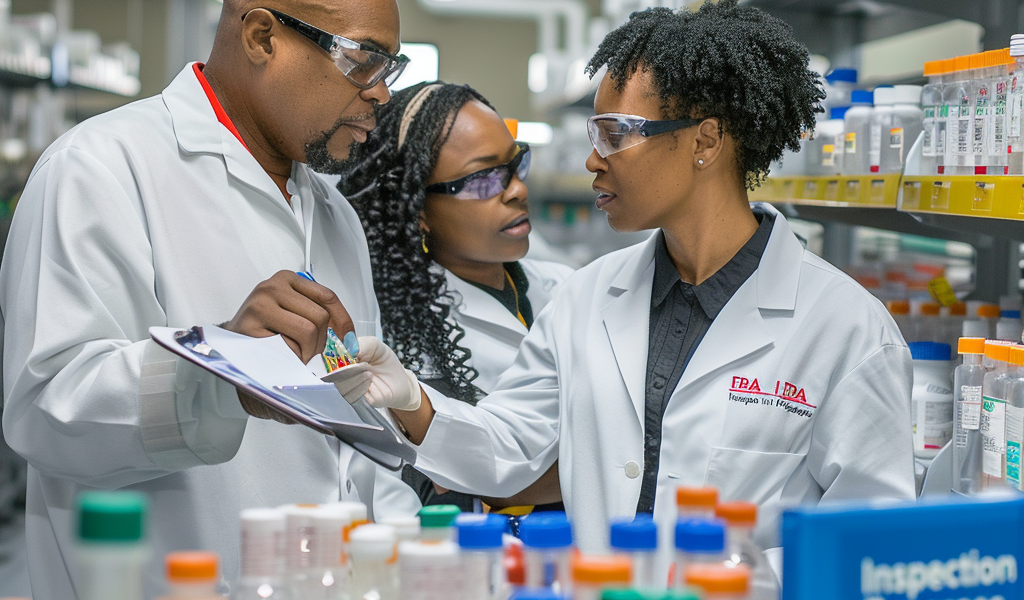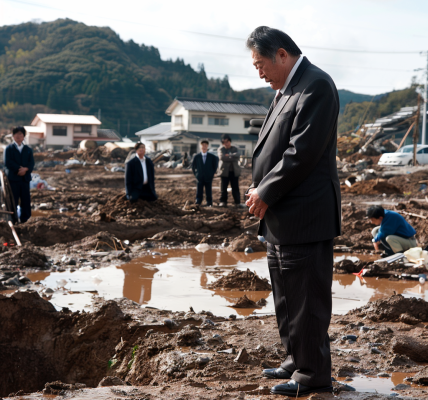The Food and Drug Administration (FDA) plays a critical role in safeguarding public health by inspecting drug manufacturers both domestically and internationally. These inspections are essential to ensure that the medications available to consumers meet stringent safety and quality standards. However, the ongoing effects of the COVID-19 pandemic have significantly disrupted these inspection processes.
During the height of the pandemic, the FDA was compelled to pause many of its in-person inspections due to travel restrictions and safety concerns. This halt in inspections raised alarms regarding the oversight of drug manufacturing facilities, particularly those located outside the United States. As the world gradually moves past the pandemic, a pressing question remains: Have FDA inspections returned to their pre-pandemic levels?
Recent insights from the Government Accountability Office (GAO) indicate that the FDA’s foreign inspections of drug manufacturers have not yet rebounded to the levels seen before the pandemic. This situation has implications for drug safety and regulatory compliance, as ongoing inspections are vital for identifying potential issues in drug production processes.
Mary Denigan-Macauley, an expert from the GAO, elaborated on the current state of FDA inspections in a recent discussion. She emphasized that while the FDA has resumed some of its inspection activities, the overall volume of foreign inspections remains significantly lower than it was prior to the pandemic. This gap raises concerns about the agency’s ability to monitor drug quality effectively and maintain public safety.
The FDA’s inspections are not merely routine checks; they are crucial to ensuring that drugs manufactured both in the U.S. and abroad comply with federal regulations. The inspections help to identify manufacturing defects, contamination issues, and other potential hazards that could compromise the safety of medications. The continued decline in foreign inspections could hinder the FDA’s capacity to protect consumers from unsafe drugs.
In addition to the challenges posed by the pandemic, the FDA is also facing internal challenges, particularly related to its inspection workforce. Retaining skilled inspectors has become increasingly difficult, and the agency must implement strategies to bolster its workforce to ensure that inspections can be conducted effectively and efficiently.
Moreover, the FDA’s ability to respond to emerging public health crises may also be compromised if the inspection backlog continues to grow. As new drugs and therapies are developed, timely inspections are essential to ensure their safety and efficacy before they reach the market.
In light of these concerns, the GAO has recommended that the FDA adopt strategies to enhance its inspection capabilities and workforce retention. By addressing these issues, the FDA can improve its oversight of drug manufacturing and help ensure that the medications available to the public are safe and effective.
As the FDA navigates the post-pandemic landscape, it will be essential for the agency to prioritize the resumption of foreign inspections and to take proactive measures to strengthen its inspection workforce. The health and safety of the American public depend on the FDA’s ability to effectively monitor drug manufacturers and uphold rigorous safety standards.
In conclusion, while the FDA has made strides in resuming its inspection activities, the agency faces significant challenges in returning to pre-pandemic levels of oversight. The ongoing situation underscores the need for continued vigilance and resource allocation to ensure that drug safety remains a top priority.





